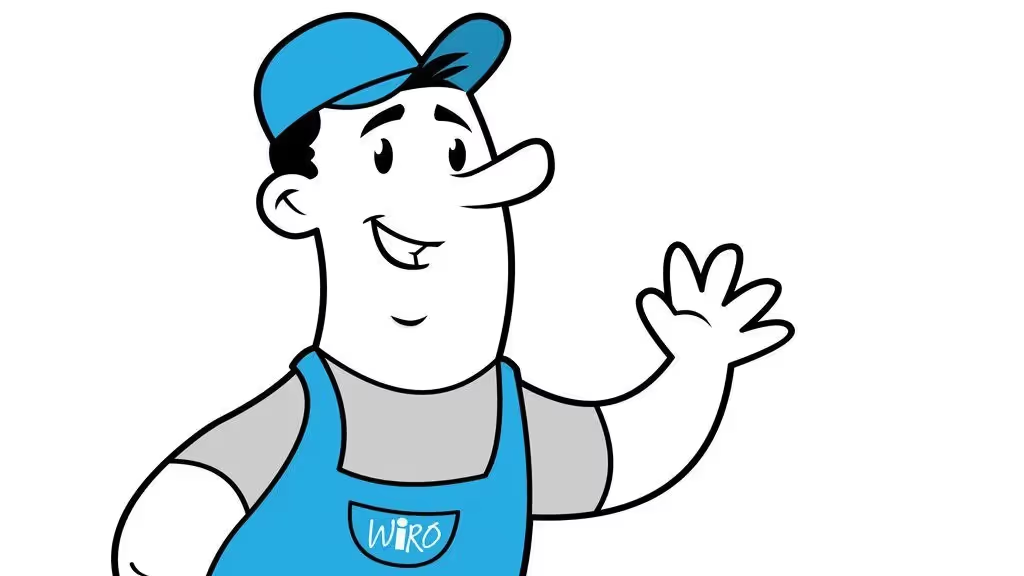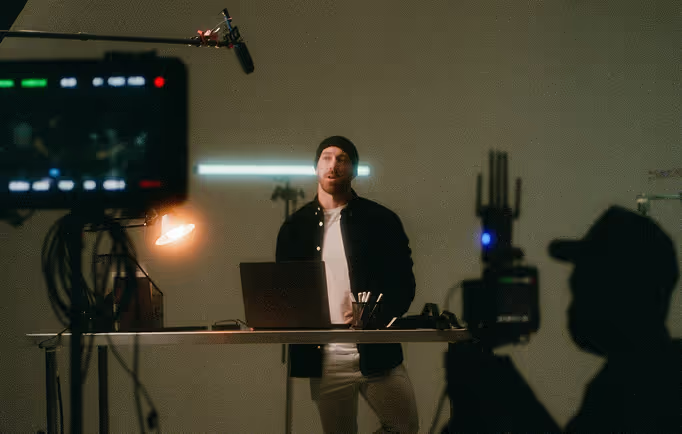The Art of Designing Appealing Characters for Your Animation

Spend long enough talking to animators and you’ll start to hear the word ‘appeal’ come up. In terms of animated characters, appeal is what makes an audience see the character as charismatic or realistic. It’s what makes us feel for them, and remember them, even after the animation is over. Creating appeal comes from not just the way a character moves, but the very building blocks of how they are visually designed.
In amongst all of this, it’s imperative to keep in mind the purpose and intended audience of the animated work, and how your character design will fit within that context. It’s especially important to consider character design concepts when creating explainer videos, whose purpose is solely to explain a concept or product in a quick, clear and memorable way.
It’s for this reason we often use exaggeration and simplification in animated videos as a tool for quick recognition. The principles of design (line, shape, colour, etc.) are focussed toward getting across in a short amount of time who a character is, and what they want in the context of the video. Today we’ll be looking at just a few of the main aspects to consider when creating appealing characters, and how they apply to the animated video genre.
1. shape theory
When we deconstruct visual images, most objects will break down into one or more familiar shapes, each carrying their own visual signposts.
Squares and rectangles are reliable, rigid and sturdy. Visually they’re used to symbolise order and robustness. Think of a robot or a heavyset man, which are often represented by rectangles in caricature, and note the correlation of sturdiness to each one.
Circles are friendly, harmless and fun. Due to the continuous nature of the line in a circle, they also represent progress and synergy. Animated characters made up of the circular look are generally protagonists, though bumbling or innocuous ones at that. Think the Powerpuff Girls, Homer Simpson and Santa. Babies, teddy bears, dopey types and jolly characters all fall under this category of cuddly, friendly circular fun.
Triangles are dynamic shapes, indicating both balance and energy. Down-pointing triangles are used in character design for fit, active characters: think of the V-shaped chest of an athletic character, or the classic hourglass figure of a femme fatale which is largely a series of triangles stacked on top of one another.
Combinations of shapes will have their own visual significance depending on their arrangement. A rectangle and triangle together can make a house or an arrow, just as a character design with a rectangular body and circular head could be a dimwitted lackey (large rectangle, small circle) or a mega-mind genius (thin rectangle, large circle).
Of course, you can always flip the tables to play with expectations. Maybe the small circular little girl is the powerful dynamo, or the stocky square guy turns out to be unstable and hyperactive. Given that animated explainer videos aim to be short and easy to understand, it’s helpful to use the in-built shape signposts to your advantage when conveying a particular character archetype.
2. colour theory
Colours have a similar unwritten effect on our visual interpretation. Creating characters with an appealing and suitable colour palette can make an immediate impact in grabbing and holding a viewer’s attention. There are a few different aspects of colour theory to consider when designing your character:
a) Symbolism
Each colour carries its own innate effects on a colour scheme. Red is universally alert and energetic, white is universally neutral. Warm colours are associated with action while cool ones are linked with calmness.
If you’re creating videos for an international audience it’s worthwhile keeping in mind that different cultures have different views on colour symbolism. Red, for example, can signify danger in the western world, but happiness in China. Likewise, blue represents freedom in many parts of Europe, but can symbolise villainy in Japan. Your intended audience will determine your use of colour symbolism.
b) Colour relationships
The relationship between the different colours in your character design is just as important, if not more so, than the separate colour significance. Some of the most well-known colour arrangements include: monochromatic (different light values of the same hue); Complementary (two colours which are directly opposite each other on the colour wheel), Analogous (colours which are adjacent on the colour wheel), and Triadic (three colours spread around the colour wheel in a triangle formation).
Each scheme has it’s own advantages: a monochromatic and analogous palettes are often soothing, complementary colours are both contrasting and harmonious, while triadic colour schemes are dynamic and rich. Take a look at a colour wheel and use these systems to help find a colour scheme that’ll be naturally pleasing to the eye.
3. levels of simplification
Animated characters come in many different shades of visual complexity, from icon-style all the way up to near-realism. Your audience, time limit and end goal will dictate how simplified your character style needs to be to get your message across.
Explainer animations are generally short and aimed at adult consumers, with a view to explaining a concept or product in an easy-to-understand way. Quick recognition is important, which is why most explainers opt for a highly simplified icon-style for their characters. It’s all about getting the information out in a clear and concise way. In other cases you may want a more artistic look to help your video stand out from the crowd: this may call for more of a ‘broad’ character design, or a stylised angular look.
4. design for animation needs
A further consideration when designing characters is how they will function with the chosen animation style. A character animated with the puppet tool in After Effects will have very different animation needs to one designed for traditional frame-by-frame animation in TV Paint.
If you’re using cut-out animation, you’ll need to design each part of your character with a mind to how it will connect and rotate with other body parts. 2D rigging, either with bone tools or deformations, requires much forethought on the interactivity of body parts and often a trial-and-error process to determine what pivot shapes will work best for creating smooth movement.
It’s also worthwhile considering which character animation styles will work for your chosen message. A cartoonish, noodle-limb animation style may work great for a quirky mood, while a more rigid or realistic movement will work better for messages holding a bit more gravity.
conclusion
There are many more specific aspects of character creation if you’re interested in covering all the principles of design. The above points are a solid starting ground which can help inform your design decisions in the early stages of character development.
As mentioned before, one of the most important things to keep in mind through the whole process is why you’re creating this character and who you’re creating it for. The answers to these questions are what will ultimately shape your design and determine its true level of appeal.
Start a






